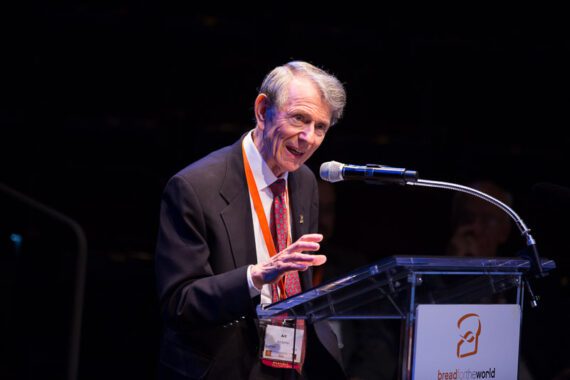Editor’s note: This Lent season, Bread Blog is running a series of devotionals written by staff, alumni, and friends of the San Francisco Theological Seminary, which is affiliated with the Presbyterian Church (U.S.A).
By Andy Deeb
A man with leprosy approaches Jesus. He’s never seen Jesus before, never met him (at least as far as we know).
“You could heal me if you wanted to.”
Jesus doesn’t miss a beat. He doesn’t hesitate, he doesn’t recoil at the sight of an “unclean” man approaching him. Instead, Jesus does the last thing anyone expects: he reaches out and touches the man.
“I want to. Be cleansed.”
How long had it been since someone had touched that man? How long had his illness kept him isolated?
Instantly the man’s leprosy left him. Instantly. Jesus then instructs him to go and begin the process of reintegration into the community.
Unfortunately, our own healing and the healing of the world around us is rarely so instant. Problems are not often resolved in a single moment. Sometimes I wonder why God can’t simply come down and magically fix things. I find myself slipping into this line of thinking somewhat regularly these days. Creation cries for Creator, and no relief seems to come.
The key significance of today’s reading is not in the miraculous power of Jesus, but in the expression of God’s desire. This desire is one that would see us healed and restored, a desire to see us connected, not alienated.
Remember this desire if you find yourself feeling bitter, hopeless, or burned out. When violence, hate, and bigotry seem to prevail over love, mercy, and justice, remember the cross. Darkness appeared to overcome the Light, but it was in this appearance of defeat that the Light prevailed. Though things may seem dark, “the light shines in the darkness, and the darkness has not overcome it.” (John 1:5). God’s desire will prevail.
Loving God, preserve our hope.
Andy Deeb is studying for his master of divinity at the San Fransciso Theological Seminary.



